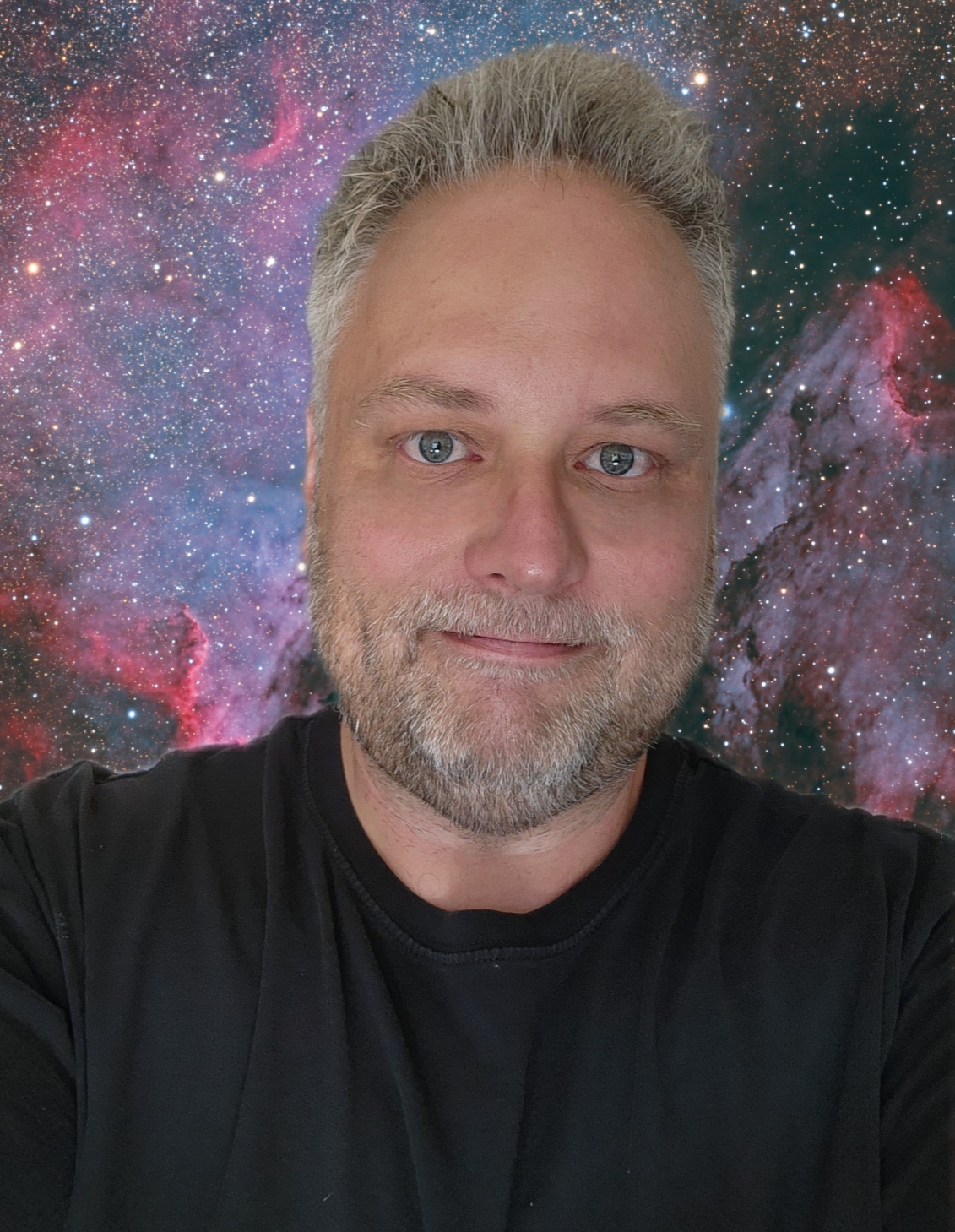No products in the cart.
Like old friends coming and going, so do the stars, constellations and deep sky objects of the various seasons. For Winter one of the most popular objects for both visual stargazers and astrophotographers is the Orion Nebula, designated as M42.
 View high resolution image here
View high resolution image here
The Orion Nebula along with the Running Man Nebula (NGC 1977 beside it) is high in the south-west sky as darkness falls. It’s situated just below the famous belt of Orion of the Hunter, marked by three bright stars in a row, and is even visible with the naked eye from suburban locations with moderate light pollution.
 I’ve watched the constellation of Orion and M42 return year after year for nearly four decades now. Rising in the east during late Fall in the wee hours of the morning and on to it’s grand display high in the south-east and south, early evenings of the Winter months. Spring is here now though in the Northern Hemisphere and the month of April just a couple days away. My old friend is nearing departure for another season.
I’ve watched the constellation of Orion and M42 return year after year for nearly four decades now. Rising in the east during late Fall in the wee hours of the morning and on to it’s grand display high in the south-east and south, early evenings of the Winter months. Spring is here now though in the Northern Hemisphere and the month of April just a couple days away. My old friend is nearing departure for another season.
So I thought I’d take a last look and last image of the Orion Nebula while it was still positioned well enough in the early evenings of late March. It never disappoints that’s for sure!
This image is a combination of H-alpha, red, green and blue data. It was processed completely in Pixinsight. Those observant readers will notice that I did not mention any “luminance” data for this image. That’s because I didn’t take any. I used astrophotographer Ron Brecher’s method of creating and applying a synthetic luminance to the image which not only works quite well but means I can save some imaging time or apply more time to the Ha, R-G-B data acquisition, depending on how you want to look at.
There’s an amazing mix of physical and optical processes occurring when looking at an image of the Orion Nebula including atomic emission, Rayleigh scattering, reflection and absorption of light, that go on in this star forming region.
Technical:
Takahashi FSQ ED 106mm refractor at F5.0 (530mm)
SBIG STL-11000M CCD (10.7 mega pixels)
Paramount ME EQ mount
Maxim DL Pro 5 for camera control, acquistion and guiding. Focusmax.
6 x 5min Ha, 3 x 5min Red, 6 x 1min Red, 9 x 1min Green, 9 x 1min Blue / 1-hour 10-minutes total data
Processed in Pixinsight
Location: New Mexico

My story began more than 40 years ago looking up at the Moon with a small telescope my Father had. Encouraged by my parents, who bought me my very own telescope, a 4.5″ reflector, I began to explore the night sky from my family home backyard. Today I do astrophotography from my home in Kitchener, Ontario and also with remote telescopes located in New Mexico and Australia. Some of my images have won awards and have been featured online and in magazines.


Leave a comment...